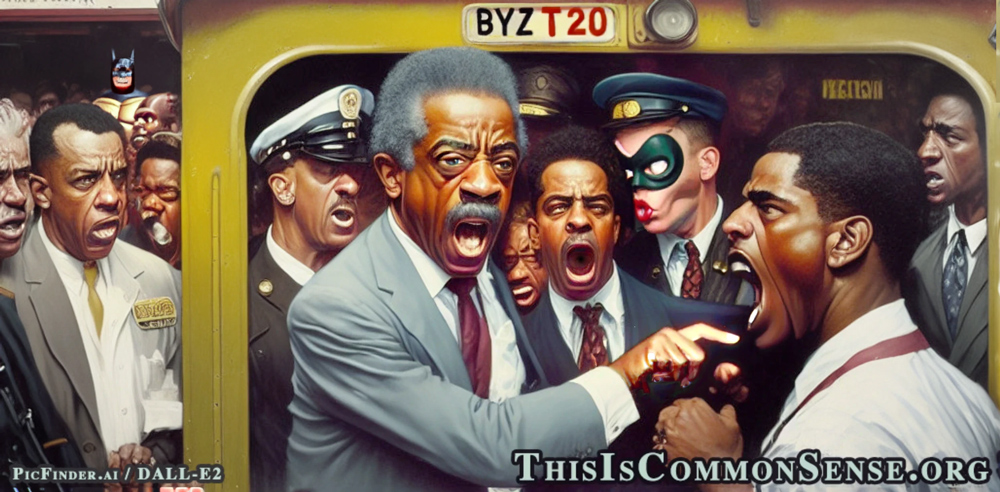What happened on a New York City subway train on May 1 was a tragedy: Jordan Neely died.
Daniel Penny, 24 years old, a former Marine, has been charged with second-degree manslaughter in Neely’s death, after prosecutors weighed the evidence following multiple protests.
Neely became unresponsive and was pronounced dead at the hospital. The medical examiner ruled his death a homicide.
“Let’s not forget that there were three people restraining him, and it is vital that the two others are also held accountable for their actions,” argued Rev. Al Sharpton. “The justice system needs to send a clear, loud message that vigilantism has never been acceptable.”
But was this “vigilantism”?
“Penny claims he and others on the train felt threatened and did not intend to harm Neely,” reported Eyewitness News ABC7NY. Penny physically overpowered Neely “after witnesses said Neely was making threats and scaring passengers,” informed Good Morning America, “but that there was no indication that he was violent.”
Good night! Making threats is one of the foremost indicators of coming violence.
“Officials and friends say Neely struggled with homelessness and mental illness for years,” noted CBS Mornings, “and he worked as a Michael Jackson impersonator.”
Missing from the CBS coverage — and so many other stories — was the fact that, as CNN disclosed, “Neely had a lengthy arrest record . . . including 42 arrests . . . and three unprovoked assaults on women in the subway between 2019 and 2021.”
Three. Assaults on women. In the subway.
As one attorney put it, NYC prosecutor Alvin Bragg must now prove that Daniel Penny “recklessly caused the death of Jordan Neely.”
There is little doubt Penny caused the death but was his impulse “reckless” . . . or responsible?
Thank goodness for the right to trial by jury.
This is Common Sense. I’m Paul Jacob.
Illustration created with PicFinder.ai and DALL-E2
—
See all recent commentary
(simplified and organized)
